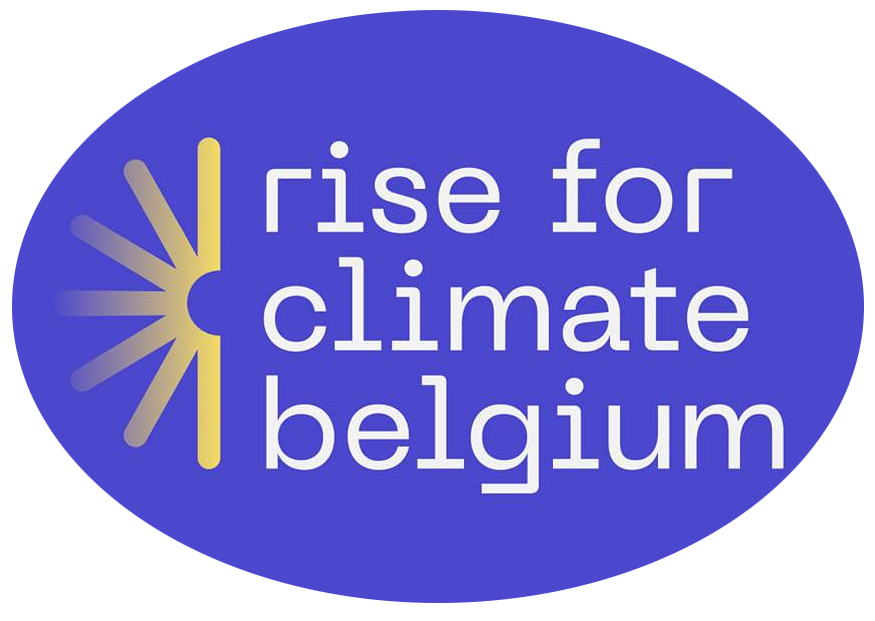Documentation
Pour voir les références d’un(e) auteur(e), cliquez sur son nom. Pour revenir à la page, utilisez le bouton refresh ci-dessous.
Cela fonctionne également avec les mot-clés de chaque référence.
Résultats pour:
We Are Nature
2024
Pétrole, gaz, exploitation des forêts, extraction de métaux rares, agriculture… nos usages des ressources naturelles de la planète ont explosé en un demi siècle.
Het burgercollectief We Are Nature.Brussels start vandaag een gerechtelijke procedure om de gewestregering te dwingen tot de invoering van een moratorium op bouwen in stedelijke natuurgebieden.
2023
We Are Nature est issue d’une mobilisation citoyenne portée par de nombreux collectifs citoyens et associations qui agissent pour défendre la nature bruxelloise, dans l’intérêt de tous et en premier lieu des personnes et des groupes les plus vulnérables.
Permafrost and glaciers in the high Arctic form an impermeable ‘cryospheric cap’ that traps a large reservoir of subsurface methane, preventing it from reaching the atmosphere. Cryospheric vulnerability to climate warming is making releases of this methane possible. On Svalbard, where air temperatures are rising more than two times faster than the average for the Arctic, glaciers are retreating and leaving behind exposed forefields that enable rapid methane escape. Here we document how methane-rich groundwater springs have formed in recently revealed forefields of 78 land-terminating glaciers across central Svalbard, bringing deep-seated methane gas to the surface. Waters collected from these springs during February–May of 2021 and 2022 are supersaturated with methane up to 600,000 times greater than atmospheric equilibration. Spatial sampling reveals a geological dependency on the extent of methane supersaturation, with isotopic evidence of a thermogenic source. We estimate annual methane emissions from prog



